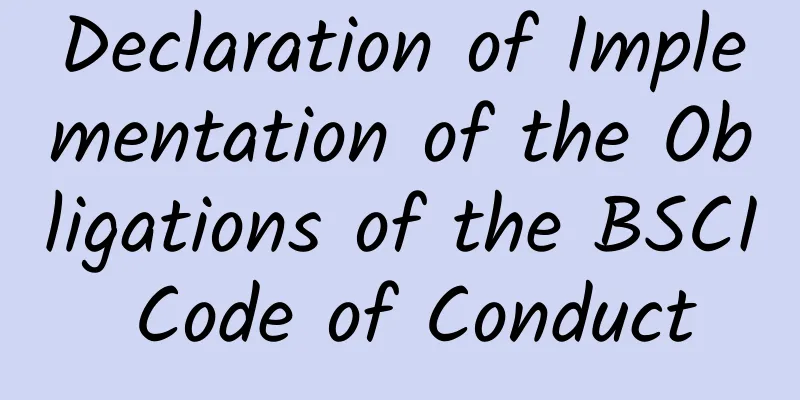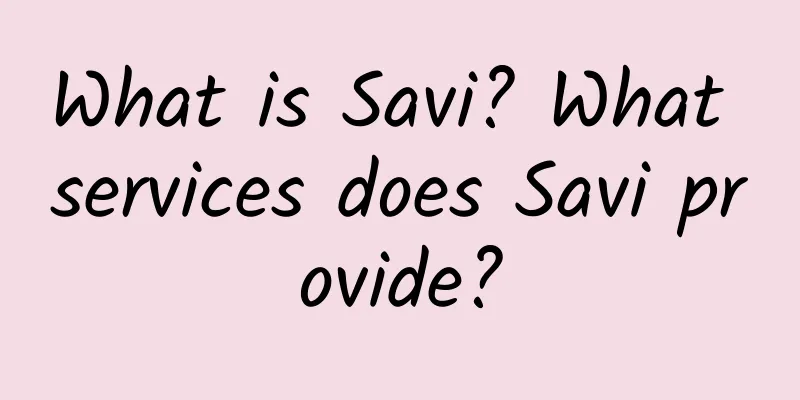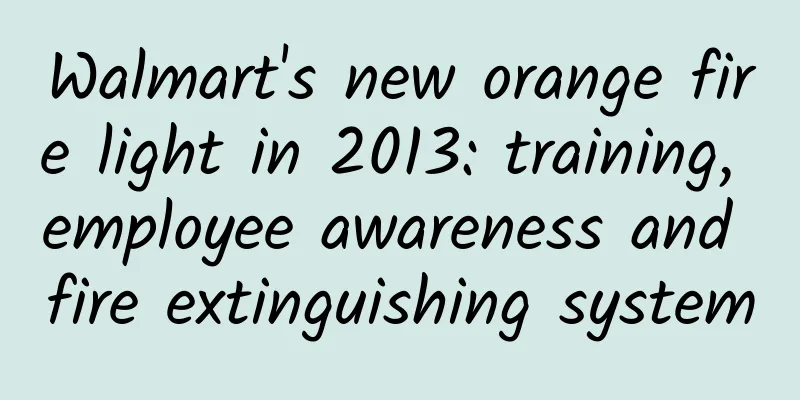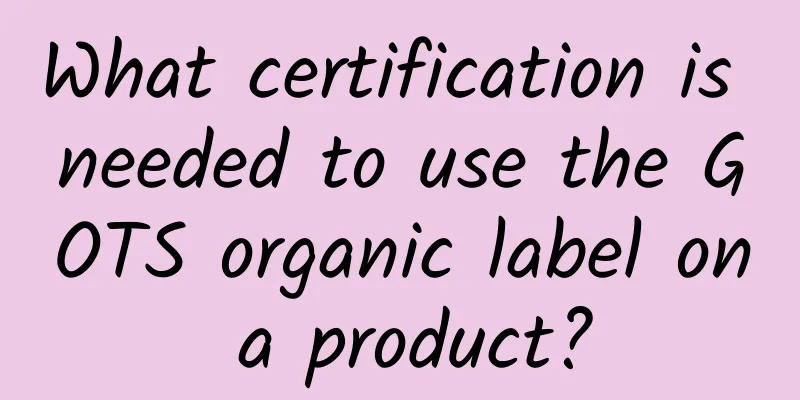Deficiencies in BSCI certification

|
In addition to BSCI's over-reliance on social audits, the Clean Clothes Campaign has also found other shortcomings of BSCI: Lack of transparency: BSCI never discloses factory locations or information about social audits. Audit results are only sent to the audited suppliers and BSCI member companies, and even the Advisory Board members do not receive the final report. BSCI does not publish an annual report like other certification organizations, and does not summarize the members' reports or provide any information about the activities of member companies, such as the countries where suppliers are located, the number of suppliers, how many of them were audited, etc. Therefore, interested parties cannot compare/evaluate the performance of BSCI member companies. 61 Importantly, the results of the audits, when they were conducted, and the scope of the audits are not disclosed to workers. A representative of the Romanian GTZ/AVE program said that the BSCI model stipulates that managers have the responsibility to share audit results with workers, but in reality "it depends on the factory manager" whether this is implemented. The case of Factory C in Pakistan best illustrates the low standards of the BSCI model. This company was audited under the GTZ/AVE program, and the factory manager said that although they had two factories in the same industrial zone in Karachi, only one was audited. When asked why, the manager replied that their buyers only needed one of the factories to be AVE-qualified (KarstadtQuelle and C&A are both BSCI members). This practice not only makes it easy for suppliers to transfer workloads from the "model" factory to the factory that was not audited, but also makes it easier for buyers to avoid risks rather than take real responsibility. The Pakistani researchers found that managers of factories that were audited under the AVE program denied having subcontractors, and there was no agenda item on this issue during the audit (for the importance of subcontractors to the Code of Conduct, see Chapter 2). Transferring certification costs to suppliers: BSCI's provisions on sharing social audit costs are worth noting - BSCI stipulates that the costs of audits and subsequent rectification (called "qualification" in BSCI's words) are borne by BSCI members and suppliers by agreement. Due to the unequal power between buyers and suppliers, this provision actually means that suppliers have to bear most of the costs. Labor rights advocates have been fighting for this issue for a long time, believing that suppliers should be fully compensated after paying certification fees. The provisions on fees are biased towards buyers, which is why many retailers join BSCI. With BSCI, retailers have to invest less manpower and material resources in internal system implementation and compliance with codes of conduct than other similar responsibility certifications. Although the cost of helping suppliers meet sa8000cn.cn/BSCI/">BSCI standards is nominally borne by buyers and suppliers, many facts have proved that it is always the suppliers who pay the audit fees unilaterally and rectify the problems found in the audit. (Excerpt from "Haste makes waste-the dilemma and solution of social auditing") |
<<: Factory Hygiene Management in BSCI
>>: Internal corporate social responsibility audit procedures
Recommend
HubSpot — Building a User Growth Platform
What is HubSpot? HubSpot is the pioneer of inboun...
[eBay newbies] What are the factors that link eBay accounts? Tips on how to prevent eBay accounts from being linked
Many new sellers are concerned about whether thei...
Deficiencies in BSCI certification
In addition to BSCI's over-reliance on social...
Warning signs required for BSCI factory audit-hazard warning signs
Warning signs required for BSCI factory audit: ha...
Puma factory inspection requirements for apprentices, minors and child labor
In addition to health and safety aspects, the soci...
What is EasyBuyHealth? What services does EasyBuyHealth provide?
What is EasyBuyHealth? EasyBuyHealth is a medical...
How much do you know about the harm of substandard clothing quality?
At present, according to the national mandatory te...
Crowdfunder — Equity Crowdfunding Platform
What is Crowdfunder? Crowdfunder is another equit...
How is Dongze International Logistics? What services does Dongze International Logistics provide?
How about Dongze International Logistics? Dongze ...
ICTI factory inspection and review of fire extinguishing agent management documents
ICTI factory audit review of portable fire exting...
Chai Point - India's "Colorful" Kiosk
What is ChaiPoint? Founded in 2010, ChaiPoint has...
SCAN Anti-Terrorism Factory Inspection Knowledge Overview
The Supply Compliance Audit Network (SCAN), liter...
What is the charging model of the eBay platform?
Many seller friends want to open a store on eBay ...
What is Unbounce? What does Unbounce do?
Unbounce was founded in 2009 and has been working...
What is Global? What is Global's business model?
What is Global? Global (Chongqing Globo E-commerc...









